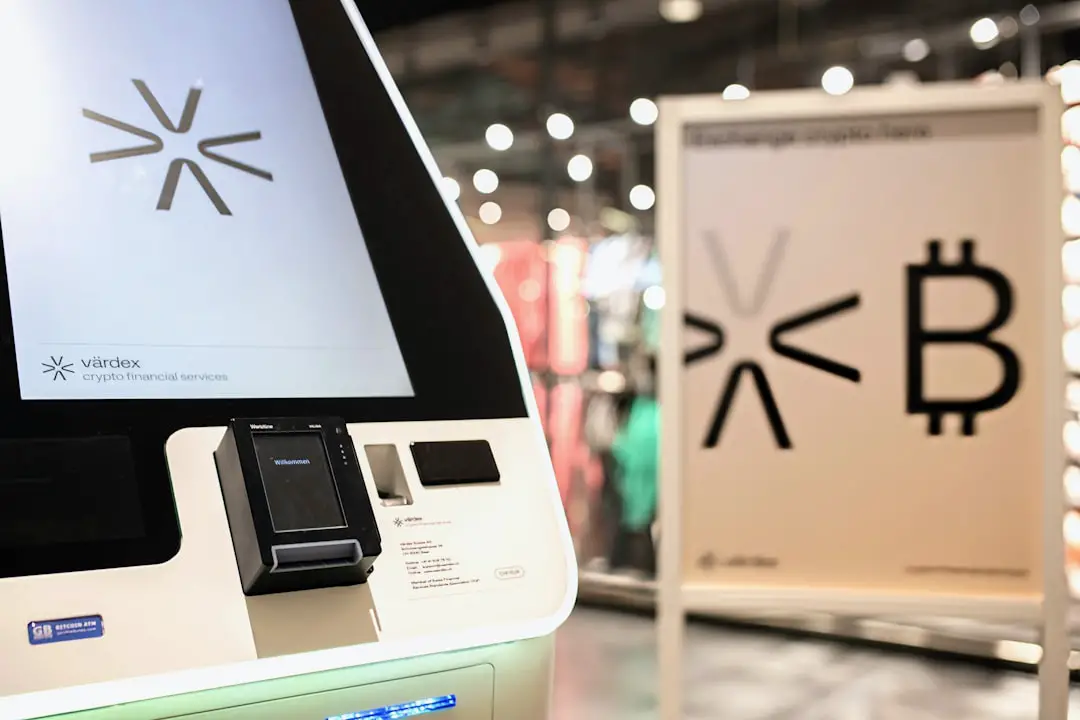Shopping has been an evolving experience for centuries, but in recent years, the crossroads of technology and retail have paved an entirely new path. Among the most transformative innovations in this space is Augmented Reality (AR), a technology once confined to sci-fi that is now entering dressing rooms, showrooms, and smartphones worldwide. But is this merely a trend, or could it represent the next big shift in retail?
Augmented reality refers to the integration of digital elements into the real world through devices such as smartphones, tablets, or AR glasses. For retail, this opens up limitless possibilities—from trying on clothes virtually to placing a digital couch in your living room to see how it fits.
The Customer Experience Revolution
Retail has always been centered on customer experience, and AR is taking this to unprecedented levels. Through immersive experiences, customers are no longer passive shoppers; they are engaged participants. Here are a few ways AR is reshaping the customer journey:
- Virtual Try-Ons: Whether it’s makeup, glasses, shoes, or apparel, AR applications enable consumers to see exactly how an item will look on them without setting foot in a store.
- In-Store Navigation: Large stores are using AR apps to help customers find products faster through interactive maps and real-time directions.
- Product Visualization: Furniture and home décor retailers like IKEA allow users to virtually place products in their spaces using AR, helping customers make better informed decisions.

The result of these enhancements? A seamless, tailored, and interactive shopping experience that not only boosts customer satisfaction but also reduces product returns.
Driving Online and Offline Convergence
One of the significant challenges retailers face is finding harmony between digital and brick-and-mortar experiences. AR offers the perfect bridge. Online retailers can offer AR apps so customers can “see before they buy,” which narrows the experiential gap between physical and digital shopping. Conversely, physical stores are incorporating AR mirrors and kiosks that bring the benefits of online interactivity into the real world.
This convergence is especially vital as omnichannel retailing becomes the standard. AR ensures that no matter where or how a consumer chooses to shop, their experience remains interactive and informative.
Benefits for Retailers
While consumers benefit from novelty and convenience, the retailers themselves are enjoying a range of advantages from adopting AR:
- Increased Engagement: Time spent interacting with AR apps tends to be longer, and more time typically translates into higher conversion rates.
- Data Collection: Retailers can gather valuable data on customer preferences and behaviors through their interactions with AR interfaces.
- Reduced Returns: Seeing an item virtually before purchasing can dramatically lower the “expectation vs. reality” gap, resulting in fewer returned items.
Challenges and Limitations
Despite the promise, AR adoption isn’t without hurdles. Developing high-quality AR experiences requires significant investment in software, hardware, and expertise. Not all retailers—particularly small businesses—have the financial or technical resources to implement such systems.
Additionally, while smartphone-based AR is widespread, more immersive experiences with AR glasses or headsets remain niche due to their cost and limited consumer adoption. Educating users and creating intuitive interfaces is also essential to prevent technological frustration that deters usage.
The Future Outlook
The trajectory of AR in retail is clearly upward. With major tech players like Apple, Google, and Meta investing heavily in AR ecosystems, the technology is expected to become more accessible and sophisticated in the coming years. Meanwhile, consumers are rapidly embracing immersive experiences—especially younger demographics like Gen Z and Millennials who value digital connectivity and interactivity.
Retailers who adopt AR now are not just adding a cool feature; they’re setting the pace for the shopping experiences of tomorrow. Integrating AR can be a powerful differentiator in a saturated market, offering not only innovation but memorable brand engagement.
Conclusion
AR in retail is more than a fleeting trend—it’s a catalyst for a broader shift in how we browse, evaluate, and purchase products. As the technology becomes more affordable and its capabilities expand, there’s little doubt that augmented reality will play a starring role in shaping the retail landscape of the future.
So, is AR the next big shift in retail? All signs point to yes. The question now isn’t whether AR will transform retail—but how soon retailers can adapt and innovate before the rest of the market catches on.
